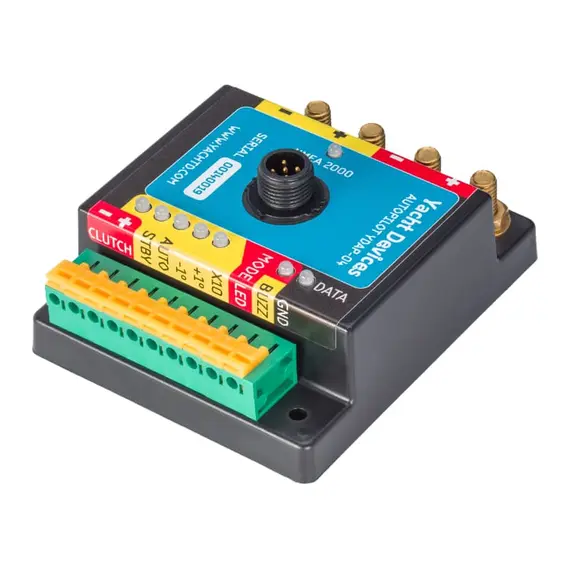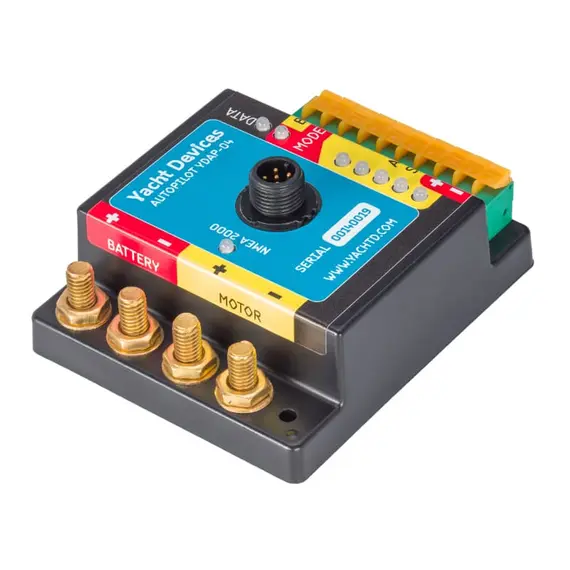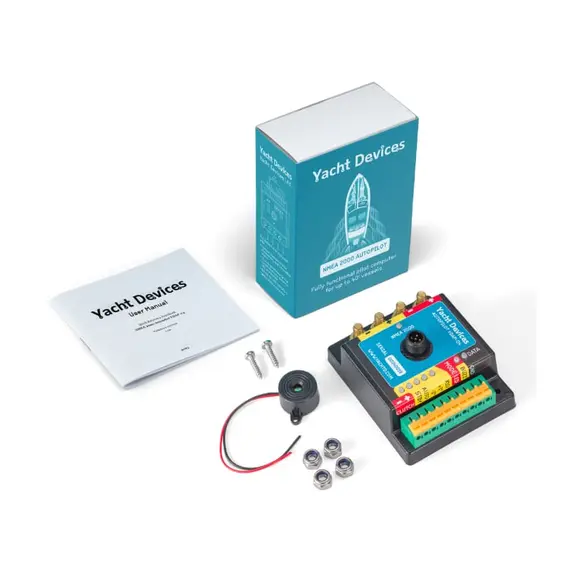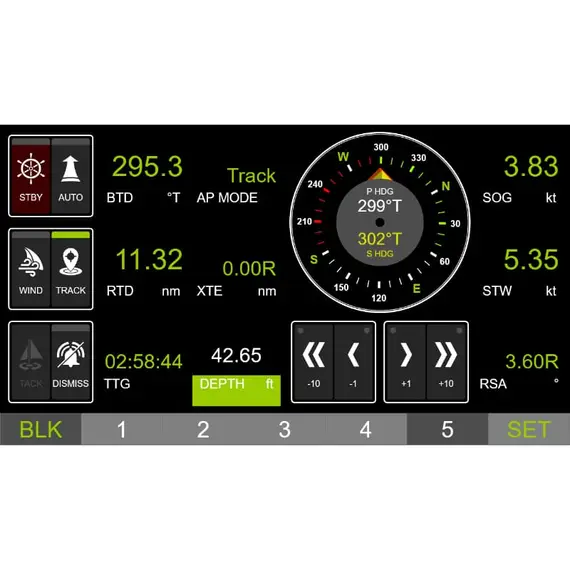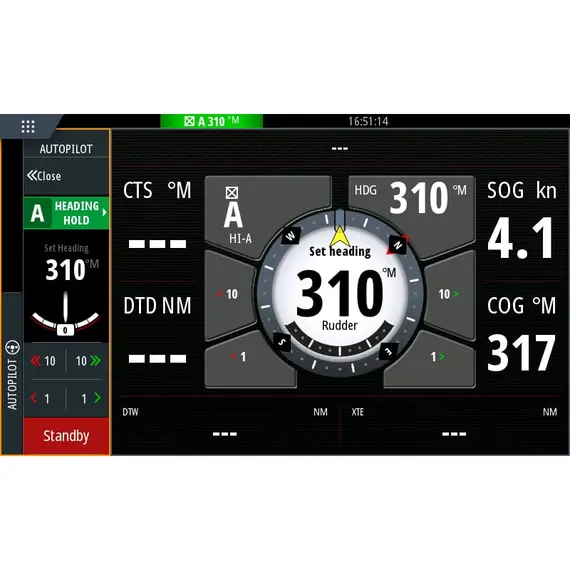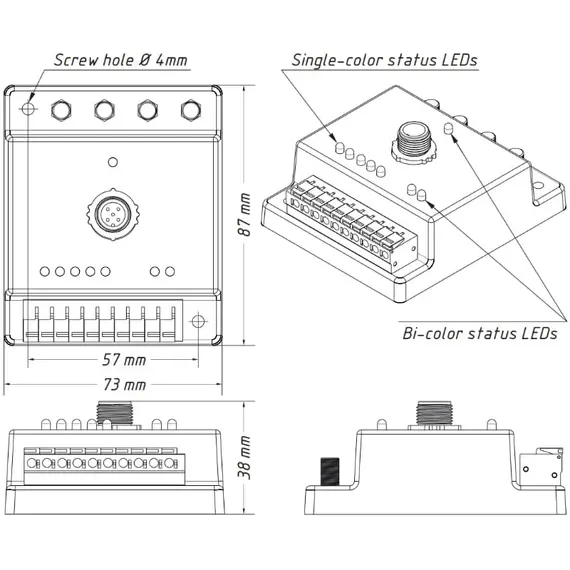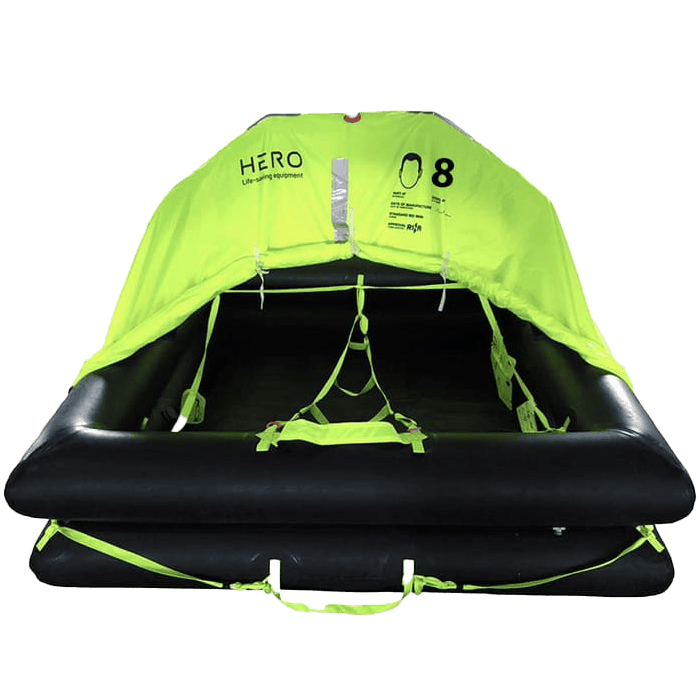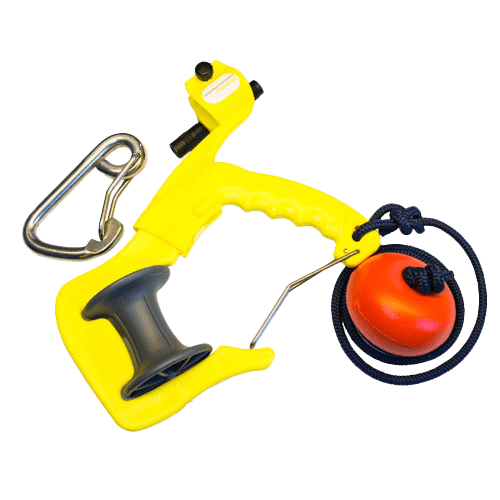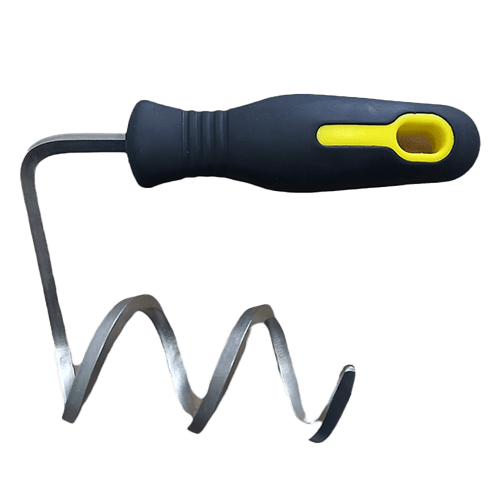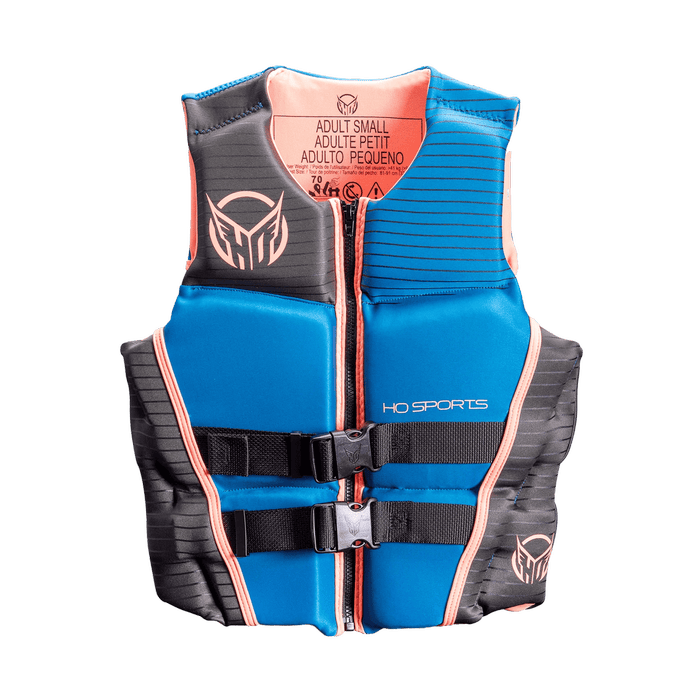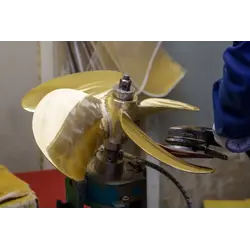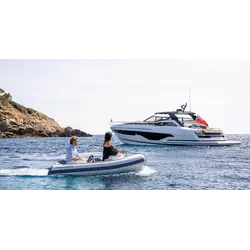Autopilot YDAP-04N with NMEA 2000 Micro Male Connector

The price provided is NET-price, meaning shipment and VAT are not included. Additional duties and tax payments might be required. Taxes and delivery costs are calculated after ordering the goods and depend on the type of client and delivery address.
The Autopilot serves as a consolidated course computer and actuator control unit within a single enclosure. It boasts the capability to manage vessels up to 40" and 12 tonnes displacement, facilitating control of either a hydraulic pump or a reversible linear drive with an electric clutch. The unit provides a maximum continuous current of 10A (16A peak) and operates on a 12/24-volt supply.
For streamlined installation, beyond the drive, integration with the NMEA 2000 network or SeaTalk NG network, along with a heading sensor and rudder angle sensor, is essential. In its simplest form, the Autopilot can be governed by as few as two buttons, STANDBY and AUTO, or up to five buttons connected to its terminals. Feedback is available through internal LEDs, as well as external LEDs and a buzzer linked to the unit's terminals. Although pre-configured control panels are not provided, users have the flexibility to create custom panels with preferred designs and buttons.
The Autopilot supports AUTO, WIND, and TRACK modes. WIND mode necessitates inclusion of a wind sensor in the boat's network, while TRACK mode requires a GPS and chartplotter on the NMEA 2000 network or compatible navigation software on a PC or mobile device connected via a gateway.
Facilitating remote management, users with a NMEA 2000 Wi-Fi Gateway or Router, or an Ethernet Gateway from Yacht Devices, can control the Autopilot through Web Gauges via a web browser on a PC or mobile device. This feature comes at no additional cost and also allows for utilization of the CAN Log Viewer software to review internal settings, fine-tune, and update firmware.
Offering a compelling combination of affordability and functionality, the YDAP-04 proves advantageous for both system upgrades and new installations on small to medium-sized vessels. Notably, the Autopilot lacks a dedicated display for direct control but supports third-party displays, presently accommodating Navico (Simrad, B&G, Lowrance) and Raymarine displays.
Moreover, compatibility extends to Raymarine SeaTalk NG pilot heads, such as the Raymarine ST70, enabling it to replace older autopilots like the SmartPilot SPX 30. Integration with modern Multi-Function Displays (MFDs) is possible using the CZone protocol, and users can download the CZone configuration file for their chartplotter.
Control flexibility is enhanced with "virtual buttons" accessible as a NMEA 2000 binary switch bank, allowing additional control organization through NMEA 2000 using the Switch Control YDSC-04 or similar products.
Basic calibration and commissioning can be accomplished using the buttons connected to the device terminals. For finer adjustments and enabling experimental features, a NMEA 2000 gateway and software (ActiSense, Maretron, Yacht Devices, etc.) are required. The Autopilot installation is simplified with the free CAN Log Viewer software for Mac, Windows, and Linux, providing dedicated windows for configuring settings and firmware updates.
Benefits:
- Compact design based on modern components, requiring no special ventilation.
- Resin-filled casing for resilience in wet climates.
- No need for a proprietary control head display; only STANDBY and AUTO buttons are required.
- Independence from proprietary sensors or MFDs, utilizing standard NMEA 2000 data.
- Cost-effective, offering substantial savings compared to some autopilot displays.
Considerations for Installation:
- Position STANDBY and AUTO buttons near the helm without a compatible pilot head display or MFD.
- Older autopilots may feature proprietary sensors without NMEA 2000 output, necessitating replacement or adapter installation.
- Manual calibration or enabling support for specific MFDs might be required, involving an NMEA 2000 gateway.
- Troubleshooting or firmware updates may require recording log files, necessitating one of our gateways (YDNR, YDWG, YDNU, or YDEN).
- For new installations, installation of the linear drive or hydraulic pump is essential.
Motivation for Developing the Autopilot:
- Aiming to provide an affordable, compatible product with modern electronics for all boaters.
- Recognizing the universal utility of autopilots, even on smaller boats.
- Commitment to delivering a cost-effective solution in a crowded market of autopilot offerings.
No reviews found


